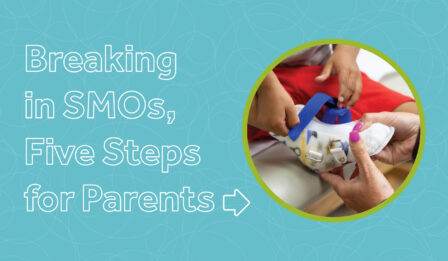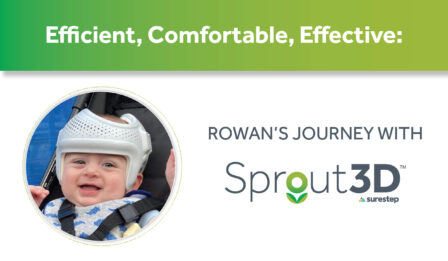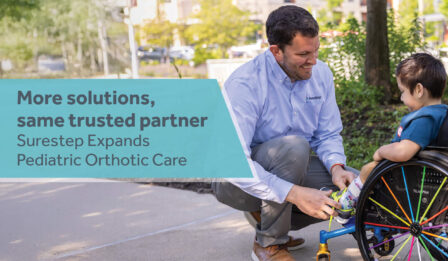Do Surestep SMOs Really Work? (here’s what the numbers say)
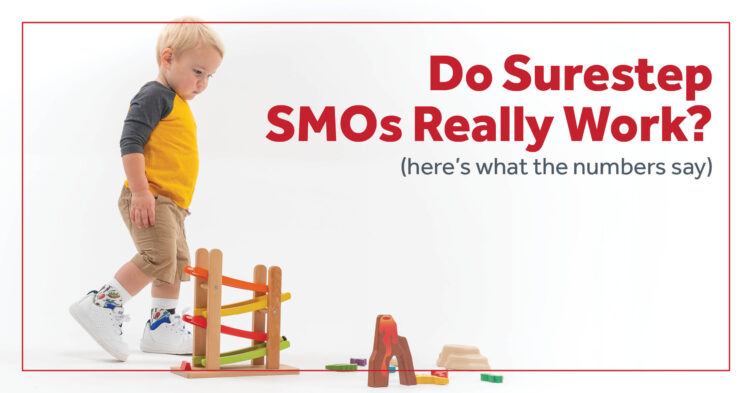
Do SMOs really work? Does she actually need them? Won’t he just catch up eventually?
Questions like these are asked every day, both online and in person.
There are many different ways to answer. Numerous orthotists and physical therapists have seen the results firsthand. And social media is full of stories documenting life changes.
But what do the hard facts and numbers say?
For data like that, we needed to get scientific. This post is a simplified overview of a real study. If you’d like to dive deeper and read the full version, download this PDF.
What Was The Goal?
First, when asking if Surestep SMOs work, it’s important to define what “work” means.
If the goal is to cure hypotonia, the answer is no. Nothing, Surestep SMOs included, will cure hypotonia. That’s because muscle tone doesn’t really change. Instead, it’s vital to provide the stability and confidence needed to gain strength, grow, and develop.
This study aimed to answer one specific question.
Do Surestep SMOs help kids reduce the gap in gross motor skill development between themselves and their peers?
Who Was Part Of The Study?
A total of 18 kids fully participated in the 16-week study from start to finish. They all had three things in common:
- Developmental delay
- Benign hypotonia
- Significant pronation
Due to these guidelines, anyone with an underlying diagnosis such as Down syndrome was not included. This doesn’t mean Surestep SMOs aren’t an effective solution for kids with specific diagnoses. They simply didn’t fit the study parameters.
How Did It Work?
Kids were split into one of two groups based on their current level of gross motor skill development.
Group One
These kids were able to pull to stand and cruise before starting the study. They learned this at an average age of 13.5 months old. Compared to the typical gross motor timeline, kids in this group were developing approximately four times slower than peers.
Group Two
These kids were able to take independent steps before starting the study. They learned this at an average age of 18 months old. Compared to the typical gross motor timeline, kids in this group were developing approximately two times slower than peers.
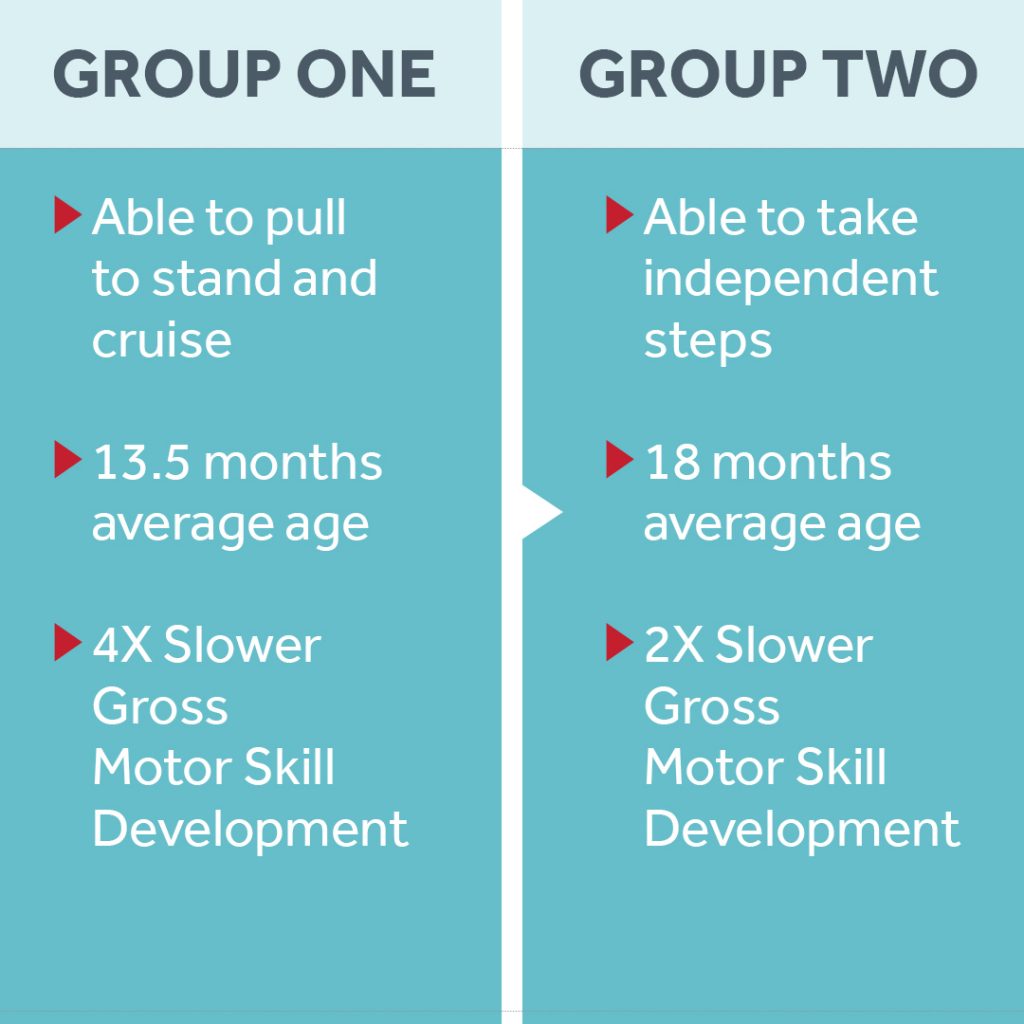
So in a nutshell, kids in each group were falling behind other kids their age. And they seemed to be “stuck” at one skill or another.
The study began after each child received a pair of Surestep SMOs. Video was then taken every two weeks to asses gross motor skill development.
What Happened?
After 16 weeks, the results were significant.
Group One
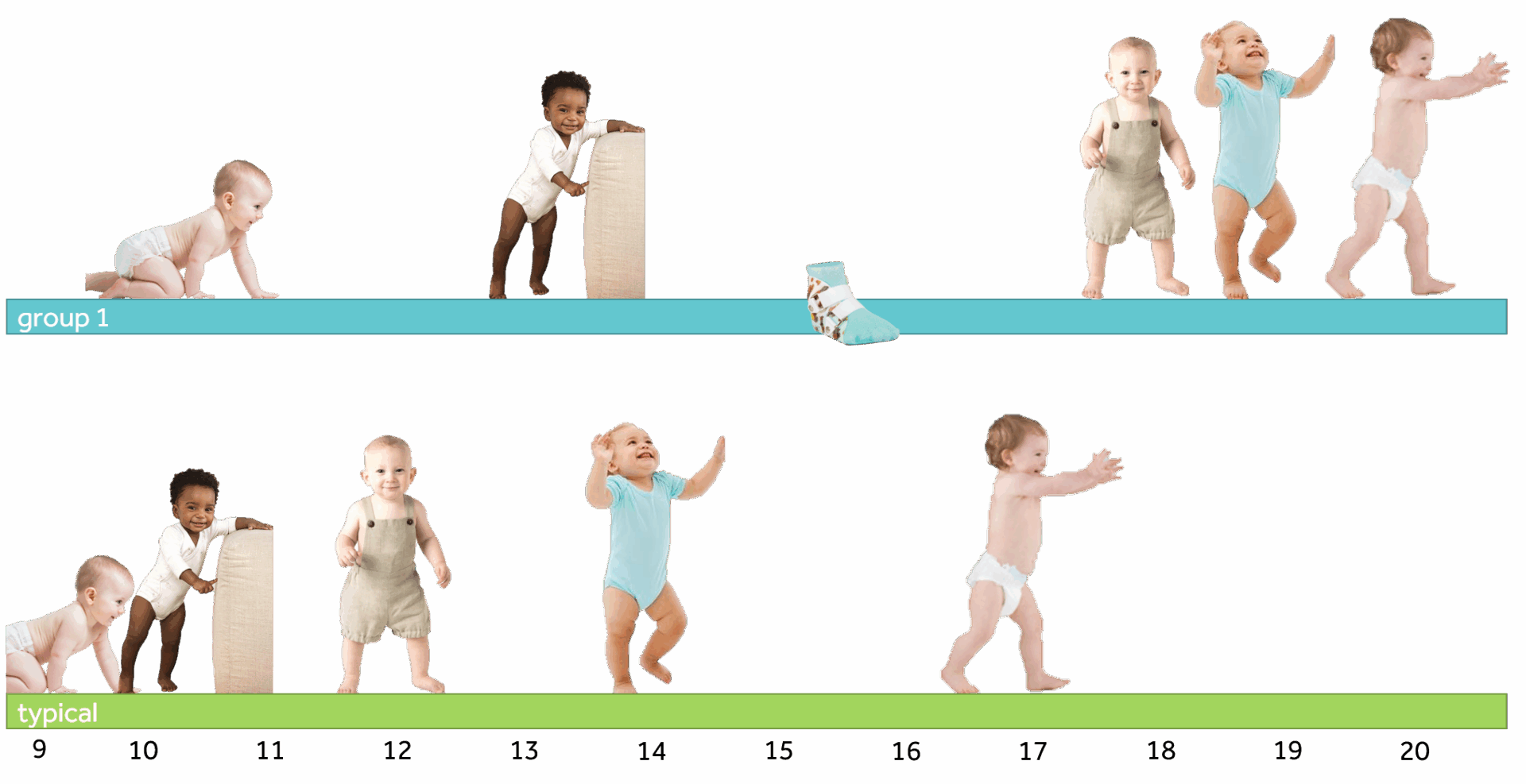

Throughout the length of the study, the averaged progress among all the kids in Group One were plotted on a line graph. This is represented by the blue line.
The typical development timeline is represented by yellow.
The further apart the two lines are, the further behind the kids in the study were.
And the break in the lines is the point at which kids received their Surestep SMOs. As you can see, kids in Group One began rapidly catching up with their peers.
Before the study began, these kids were developing four times slower. But after wearing Surestep SMOs, they began developing nearly twice as fast as the typical timeline.
Group Two
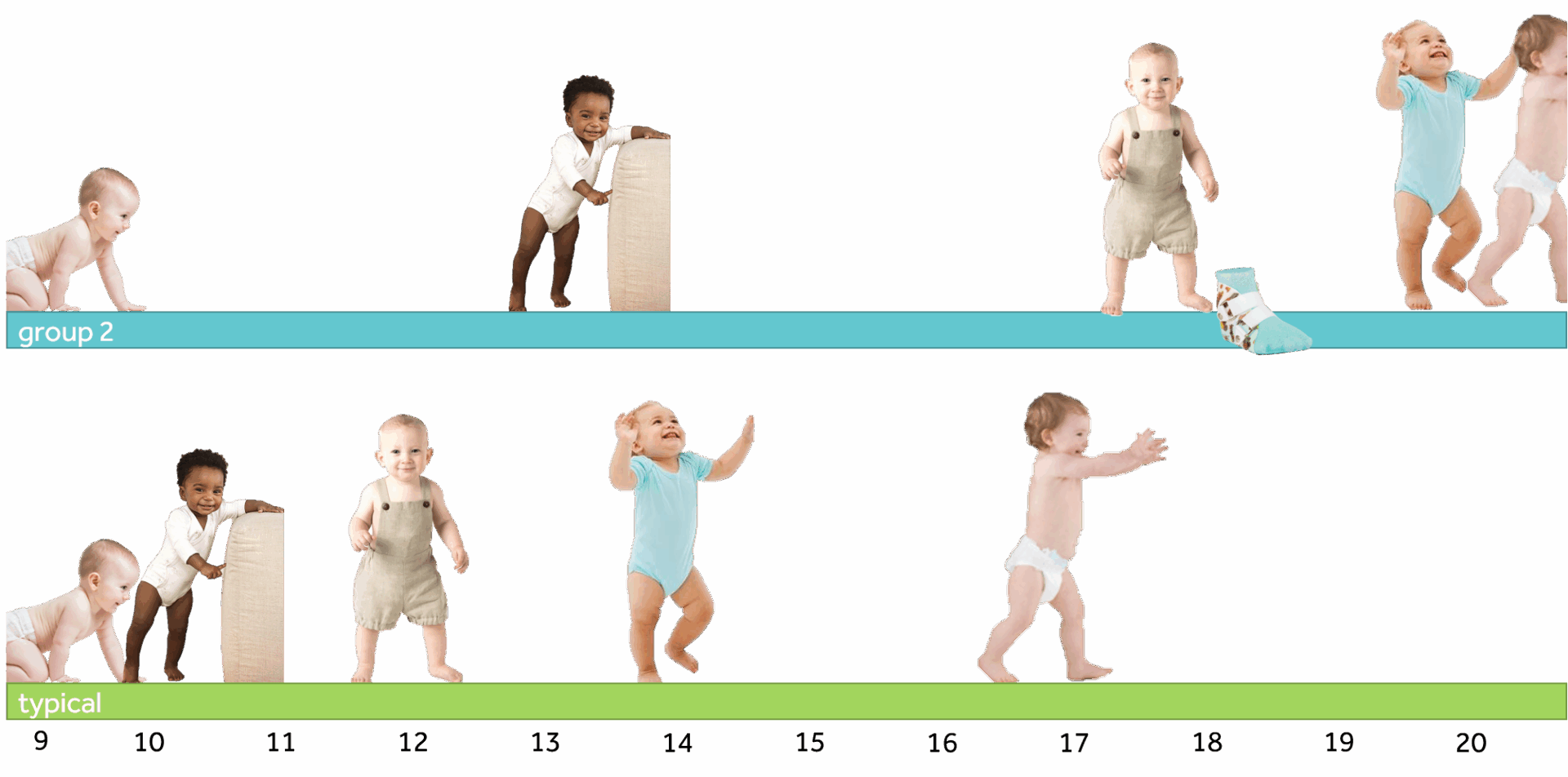
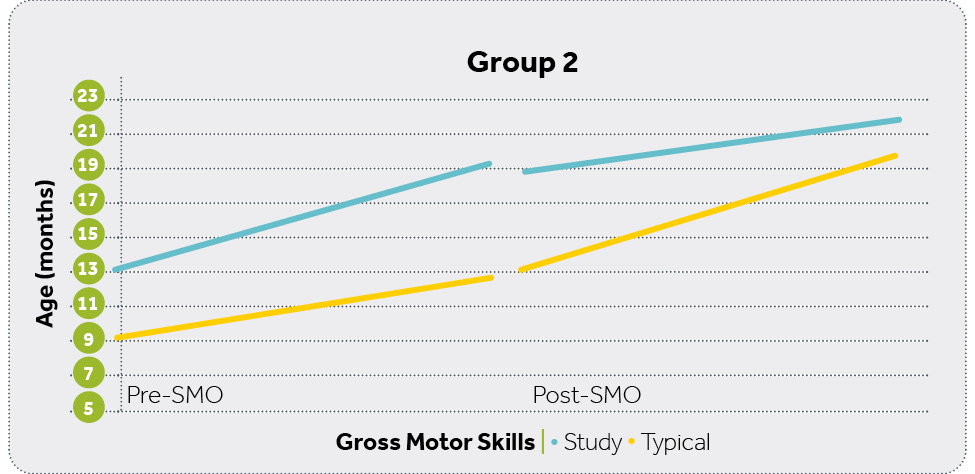
he same process was applied to Group Two.
Before the study, these kids were progressing more than twice as slow as the typical timeline. But after getting SMOs, they started progressing more than twice as fast!
Even though the kids in either group started at different levels, the Surestep SMOs proved to be a catalyst for rapid growth.
Sum It All Up
Here’s the quick version:
- Kids with developmental delay, benign hypotonia, and significant pronation participated with a study
- Gross motor skills were progressing 2-4 times slower than typical peers
- Kids began wearing Surestep SMOs
- Gross motor skills began progressing approximately twice as fast as typical peers.
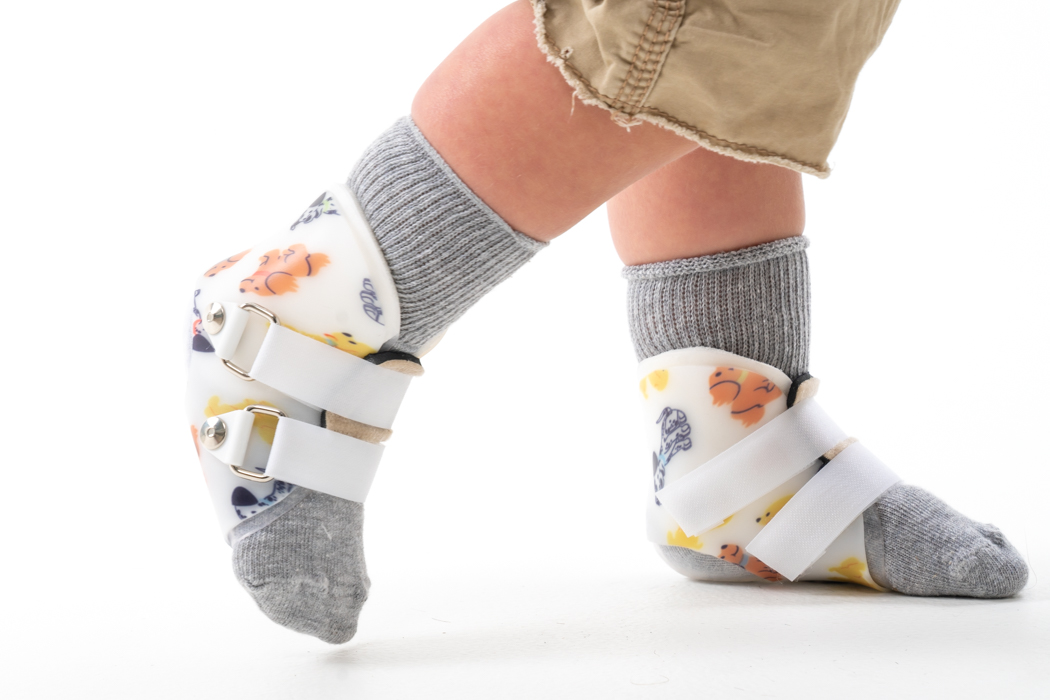
If you’d like to learn more about Surestep SMOs, check out these previous posts that focus on how they work and how to get them for your child.

